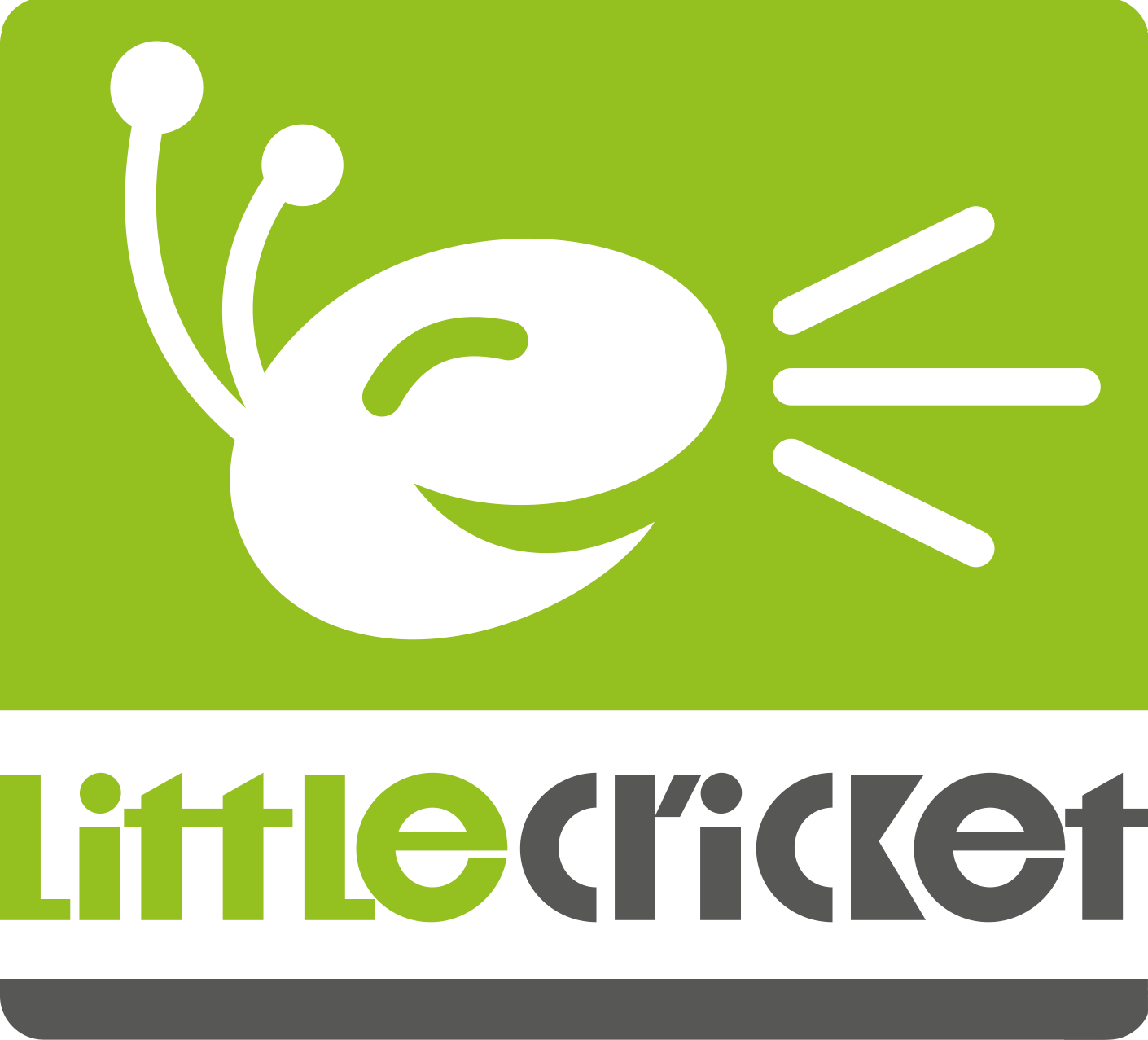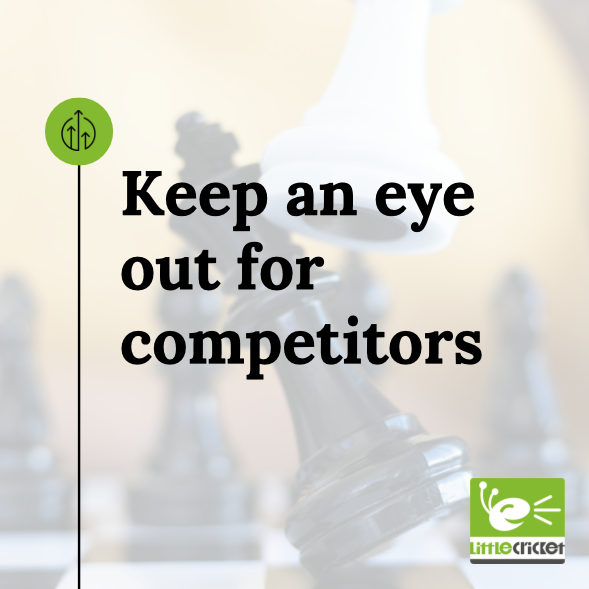Are you putting in hard work and seeing no reward on your company’s LinkedIn page? It may be that you’re just not using the algorithm to your advantage – especially considering it gets to work the second you hit ‘post’. From the ‘Golden Hour’ to keeping your posts ‘clear’, we’ve outlined 5 tips on how to ensure your content passes LinkedIn’s tests and is shown to the right audience.
LinkedIn is arguably the most popular social media for networking. It’s a hub for making connections, discussing industry hot topics, sharing insights, and developing your career. But for businesses, it’s one of the few places you have direct access to your customers with added insight into their demographics. It’s a powerful tool that can make a big difference in your marketing efforts.
So how can you make LinkedIn’s algorithm work for you? Once you’ve identified what your goals are – be that to raise your brand profile, drive traffic to your website, or generate leads – then it’s time to get your content in front of an audience. But there are some surprising ways the LinkedIn algorithm works, and understanding it is critical to make sure your posts get in front of the right audience. With that in mind, here are our top tips to ensure the content you’re sharing meets LinkedIn’s algorithmic standards – and makes it onto the right timelines.
Create high quality content – not spam!
As a business, you need to show the reader that you’re a source of reliable, but also new information. LinkedIn users love original thoughts and insightful content – and the LinkedIn algorithm prioritises posters who ‘add value ’ and are authentic. If you’re sharing some-one else’s content, going one step further by adding your thoughts or pulling out a quote you enjoyed can go a long way to ensuring more people see your content.
So how does this work in practice? When you publish content on LinkedIn, it gets put into one of three categories: spam, low quality, or ‘clear’. This classification determines how many people the post gets shown to (more on that later).
Posts can be marked as spam for a few reasons, like adding multiple links to a single post, posting too often, or forgetting to spellcheck and correct your grammar. And take note – LinkedIn favours posts which haven’t been edited early on, so it’s important to get it right the first time. Furthermore, overused hashtags such as ‘#like’ ‘#comment’ and ‘#follow’, or tagging more than five people can also result in your post getting ghosted.
There are a number of best-practice rules you can follow to ensure the content is judged to be ‘clear’ – or high quality. These include using three or fewer hashtags that are directly relevant to the content – these are more likely to elicit a speedy response from viewers. You should also keep content simple and easy to read and encourage a response from your audience with a topical question. Finally – avoid using outbound links in the main body of your post. If you do need to include a link, research shows that posting the link in your comment section may contribute to better post performance.
2. Time to score your content – don’t waste the Golden Hour
Once your post is in the ‘clear’, it moves into a content scoring phase, known as the ‘Golden Hour ’. It is ‘tested’ by being shown to just a handful of your followers – so how can you help your post at this stage?
Well, different actions carry different value, and whilst LinkedIn hasn’t specified exact numbers, the likes, comments, and shares all add up. This early engagement is key, so to boost your performance, post when you know your followers are online and respond to any comments made on the post quickly. You can also tag relevant companies or a friend that you know is active (and will respond!). One way to secure the engagement you need is to post on a schedule, so people know when to expect your content.
Other tips from LinkedIn include interacting with others’ content – because active LinkedIn connections are likely to reciprocate. You can also ‘push’ your company posts out to your employees. This handy feature allows you to notify employees immediately when a post is live, and can be valuable to encourage their interaction during the Golden Hour.
Lastly, remember that not all your engagement efforts need to happen on LinkedIn. You can boost interaction by sharing your posts in slack channels, or even in your newsletters and roundups. This is a great way to get your insight in front of your audience, which is, after all, the point.
3. Cultivate an engaged audience
If the initial sample of people that see your content respond well to it, LinkedIn’s next step is to push it out to a larger audience. But this still doesn’t mean your content appears in all your follower’s feeds. In fact, the people that see your content at this point depend on LinkedIn’s ranking indicators.
Content is more likely to be shown to your ‘close’ connections – and what constitutes a close connection comes down to several factors, like working at the same company or having interacted in the past. Essentially, LinkedIn wants to show your content to people you have an existing relationship with, which is why building a focused audience of engaged, responsive contacts can, at times, be more beneficial than having a very large following.
LinkedIn also factors in whether the topic is of interest to your connections, analysing the groups you’re in, the hashtags and pages you both follow, the topics mentioned in the post, and how much you interact. Based on this, it determines the likelihood of engagement from each user, and prioritises whether to show it to them. LinkedIn summarises it like this:
“The more you interact with others daily -> the more people will engage back -> the more you'll be seen in feeds.”
4. Check in with your analytics
Using the algorithm to boost your posts is helpful, but you still need to understand who you’re reaching and what they want to see. Companies on LinkedIn have access to detailed, up-to-date analytics for their page, with data on visitors, followers, leads, content, and competitors (we’ll come back to them). Your analytics can help you understand who your followers are on a granular level, with info such as their industry, job title, and location, available to help you better tailor your posts.
You also get analytics on your individual posts. Looking at what gets the most impressions, clicks, and overall engagement is an indicator of what resonates with your audience. You can drill down into what people connected with and use this to inform your strategy.
5. Keep an eye out for competitors
You can learn a lot from how you’re performing, but perhaps even more from seeing what else is out there.
Competitor research is not a new concept, it’s been around for ages. And with good reason, it works! What your industry partners are posting about – and what their audience is interacting with is valuable information. To find your competitors on LinkedIn, use the ‘affiliated pages’ feature. This shows you similar pages to the one you’re visiting and can help you branch out and better understand other key players in your sector.
With LinkedIn, you also have the capability to see exactly who interacts with competitor content – is it your target market, or potential leads? If you have the time, a content analysis of this information can give you a great understanding of what your audience in common is looking to see.
However, make sure you don’t fall into the trap of copying them. Instead, use the information you gain from this research to put your own spin on industry topics and trends. Differentiating yourself from your competitors is a must – your USPs are what make you stand out from the crowd, and they’re what you need to focus on.
What it boils down to…
A better understanding of the LinkedIn algorithm can help you spread your content to a much wider audience, but remember, you’re not trying to ‘beat’ the algorithm, you’re putting it to work for you. So, although you can optimise your posts and activity, remember that at its core, the LinkedIn algorithm is designed to encourage you to be an active user.
If you provide your audience with high-quality content tailored to their interests, you’ll be more likely to succeed – especially when you combine this with a solid understanding of the ins and outs of the algorithm.
Get in touch to find out more about how Little Cricket can help improve your social strategy or deliver your next show-stopping social media campaign.






